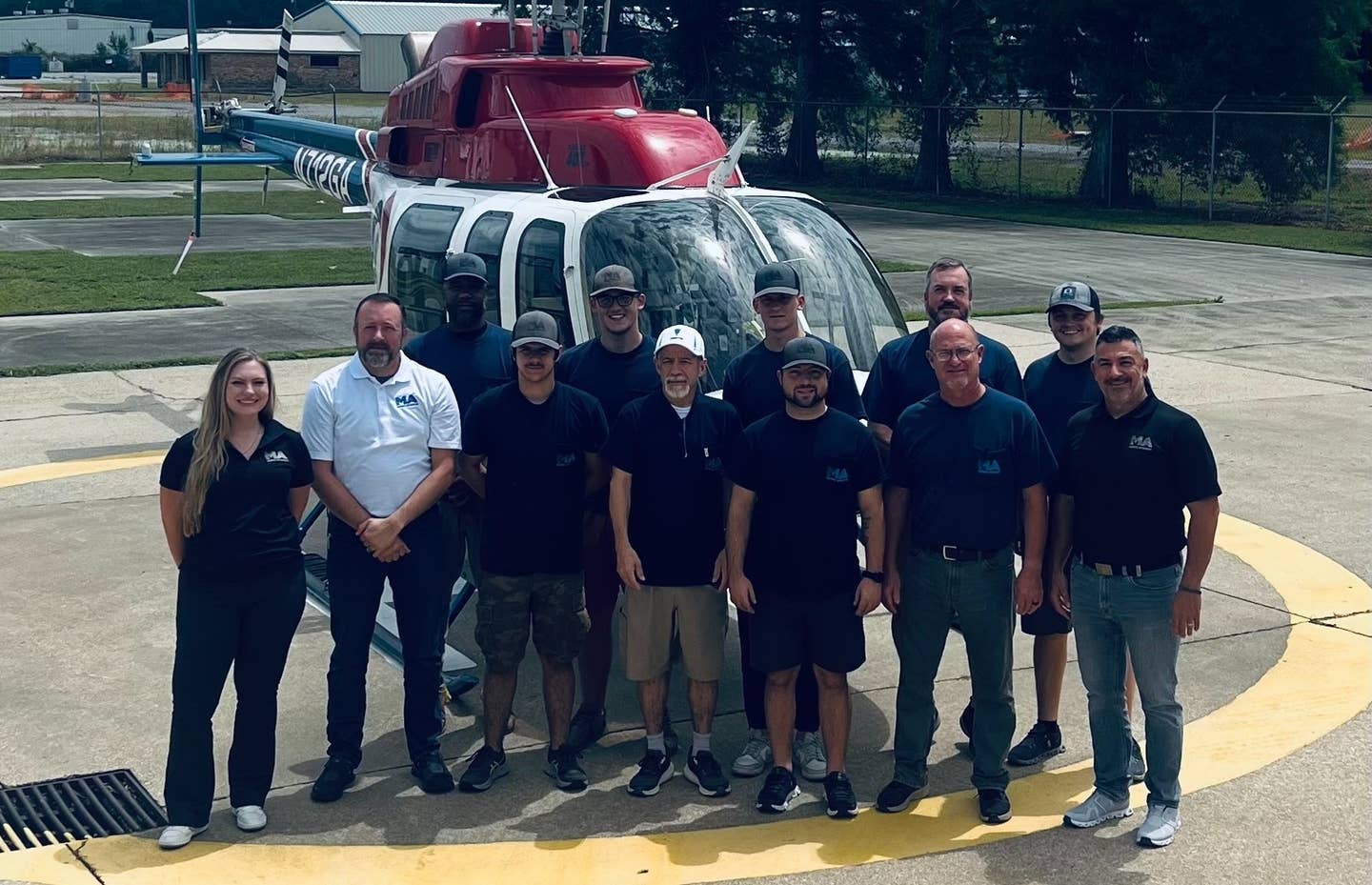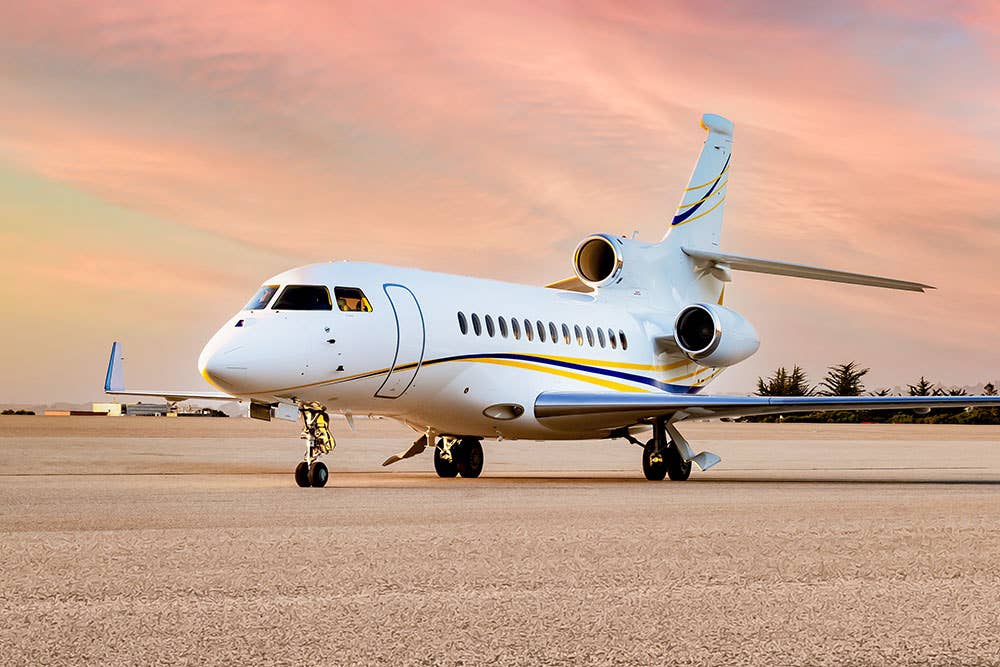
Amanda Larson, aeronautical analyst at NGA.
(Photo by Dave Richards, NGA)
It took Amanda Larson only a couple of course corrections to arrive at the career of her dreams, finding challenging and rewarding work in the aviation field while serving the public and her country. A small-town Minnesota native, Amanda was studying political science at the University of North Dakota (UND) when her path took its first sharp turn. During an internship at the Department of Defense's Asia-Pacific Center for Security Studies in Honolulu, she learned about careers in Air Traffic Control (ATC; ironically, a mainstay of UND's Aeronautics program). "That's where I stepped into the aviation world," she says. "The idea of ATC was really appealing. When you're controlling [air traffic] in a radar simulation, it's a continual moving puzzle, and no puzzle pieces are ever the same."
Back at UND, Amanda began pursuing a BS in Aeronautics with a major in Air Traffic Control. But when she graduated in 2013, the FAA had no ATC openings. Anxious "to get into the real world," she decided to attend a Women in Aviation International job fair last year and saw the National Geospatial-Intelligence Agency (NGA) would be among the recruiters. "I had not heard of this agency," she says.
Created in 2003, the NGA combines the functions of an intelligence agency and combat-support agency. Its Aeronautical Analysts provide data used for all U.S. military flight operations, as well as by policy makers and mission planners. The agency's specialty, geospatial intelligence, is the art and science of interpreting data about the earth's natural and man-made topographical features.
Intrigued, Amanda tailored her resume and cover letter to the NGA, and after meeting several Aeronautical Analysts at the gathering, proceeded with a job interview at the fair and was soon hired. She's been at the agency about a year now.
"Anyone who flies a U.S. aircraft, makes national policy decisions, fights wars, locates targets, responds to natural disasters," or even navigates with a cellphone relies on the NGA, Amanda notes, adding, "There is no typical day. That's why I enjoy this job — our day is always changing." The position also offers options for choosing her career direction. "There are lots of different opportunities and training available within the agency," Amanda says. "That's one of the great things about this job. We're constantly working with supervisors to help us meet career objectives we might have."
NGA employees must be U.S. citizens at least 18 years of age with the ability to obtain a Top Secret security clearance. Its Aeronautical Analysts require an aviation degree, or a combination of aviation education and practical experience. Some 14,500 employees work at the NGA's Washington, D.C. area and St. Louis facilities. The number of Aeronautical Analysts is classified. "It's definitely a very rewarding experience and humbling to be part of this mission," Amanda says.
Aeronautical Analyst salaries start at Band 2/Band 3 (about $39-$72,000/$72-$117,00 in St. Louis; $42-$78,000/$63-$123,000 in the D.C. area), the scale determined by prior experience. The skills applied and learned are also transferrable to the public sector, though Amanda plans to stay where she is. Earlier this year she received a letter from the FAA inviting her to apply for an ATC training slot at the agency's Academy in Oklahoma City. "I really enjoy what I do," she says. "Although I didn't get hired [for ATC] out of school, it worked to my benefit. I believe in what the [NGA's] Aeronautical Department does."
**
**

Subscribe to Our Newsletter
Get the latest FLYING stories delivered directly to your inbox






